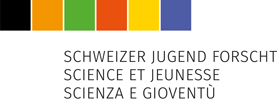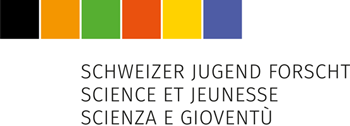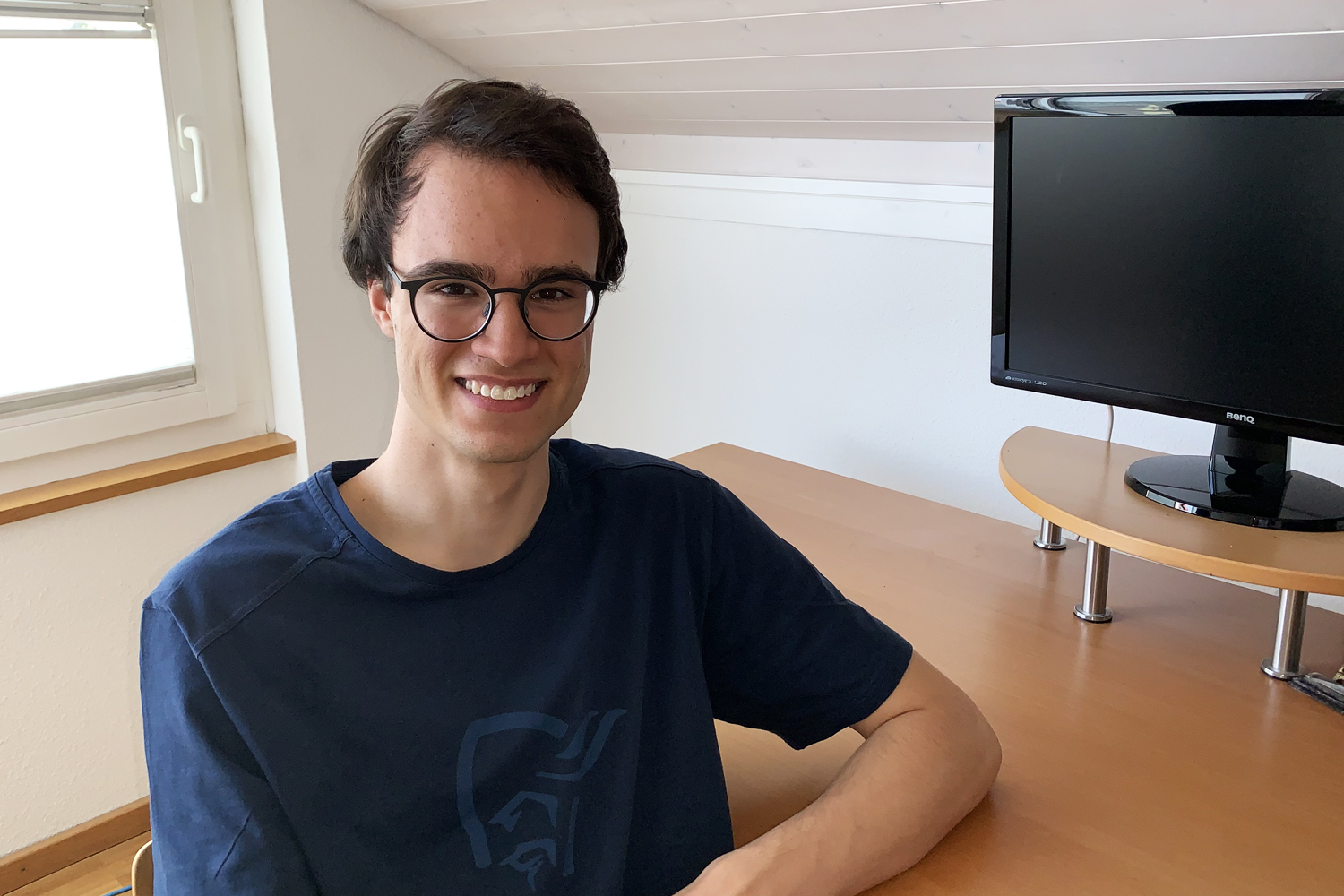Literatur | Philosophie | Sprache
Peter Horcic, 2002 | Binningen, BL
The purpose of this research project was to examine the vocabulary and style of the Apple iPhone XS introductory video and then to compare and contrast the findings to the vocabulary used in the Samsung Galaxy S9 introductory video. This project is an attempt to fill the lack of research on the language of Apple’s and Samsung’s advertising. As both companies attract a variety of consumers and produce the bestselling smartphones, it is important to examine how the language in their advertisements attempts to persuade the customers. The transcripts of these videos were analyzed by measuring the frequencies of the adjectives, nouns, and verbs and by classifying them into different semantic categories (e.g. photography). The results suggest that both companies employed similar language; they both relied on nouns of the semantic field of technology. However, there were some differences, such as Apple relying significantly more on hyperbolic language, whereas Samsung preferred a more realistic tone. The analysis was expanded by sampling written advertisements from the websites of the two companies. This expanded analysis shows that some of the findings based on the videos cannot be easily generalized.
Fragestellung
The research question of this investigation was to determine to what extent the two introductory videos of the Apple iPhone XS and XR and Samsung Galaxy S9 and S9+ differ from each other in their vocabulary and style. Thus, the aim was to analyze the vocabulary of each video separately and then compare and contrast it. The secondary research question was to determine to what extent the videos are representative of the styles of Apple and Samsung.
Methodik
The research process was both qualitative and quantitative. Firstly, for the qualitative analysis, the words were divided into three categories: adjectives, nouns, and verbs. Then, these categories were divided into the following sub-categories. Adjectives were categorized by examining if they have similar connotations (e.g. connotation of grandeur). Additionally, adjectives were categorized according to their degree of comparison. Nouns were categorized by identifying to which semantic field they relate (e.g. photography). Verbs were categorized by identifying which action/activity they describe (e.g. possession). Then, for the quantitative analysis, the frequency of certain words within each category was analyzed. Subsequently, in order to examine the generalizability of these results, additional written advertising was collected from the corporations’ website, analyzed using AntConc, and the new findings were compared to the previous findings from the videos.
Ergebnisse
The results suggest that both videos chose similar vocabulary to promote the social/cultural status the product lends to the customer, as well as its advanced technology. Both companies utilize nouns that relate to the semantic field of technology, such as “Super Retina display,” and both try to describe the product as premium and unique by emphasizing the product’s novelty and employing words such as “revolutionary.” Nevertheless, there were some minor differences; for example, Apple focuses on the product’s design, while Samsung focuses on the product’s camera. Moreover, Apple prefers to exaggerate the product’s features, whereas Samsung remains more neutral. The results of the expanded analysis, based on written advertisements showed little evidence of generalizability; for example, the written advertisements show little evidence that Samsung emphasizes the product’s novelty. This means that Apple and Samsung do not consistently employ similar language across their advertising platforms.
Diskussion
The reason why the advertisements differ slightly could be that each corporation is trying to persuade the customers of its competitor to purchase their technology by showing that their products are not too dissimilar (in contrast to their competitor) yet offer a unique feature. They manage to do this by choosing a slightly different style and vocabulary which accentuates this unique feature accordingly (e.g. Samsung focusing on the camera and Apple on the product’s construction).
Schlussfolgerungen
While the analysis of the advertising videos suggests that Apple and Samsung use similar language with some minor differences, the expanded analysis shows that those results cannot be easily generalized. This supports the fact that more research of Apple’s and Samsung’s advertising is necessary in order to grasp more thoroughly the linguistic tools utilized by these corporations.
Würdigung durch den Experten
Dr. David Correia Saavedra
Literary scholars, philosophers, and linguists are particularly interested in how language can be used to persuade, which is a highly relevant question in an advertisement-filled world. In his project, Peter Horcic focuses on two multinational companies that manufacture smartphones, Apple and Samsung. The vocabulary used in two video advertisements is analysed, mostly by highlighting certain uses of terms and by measuring their frequencies. The project discusses interesting similarities and differences, while also providing a critical analysis of the generalisability of those observations.
Prädikat:
sehr gut
Gymnasium am Münsterplatz, Basel
Lehrerin: Gabrielle Pieck



